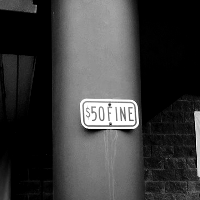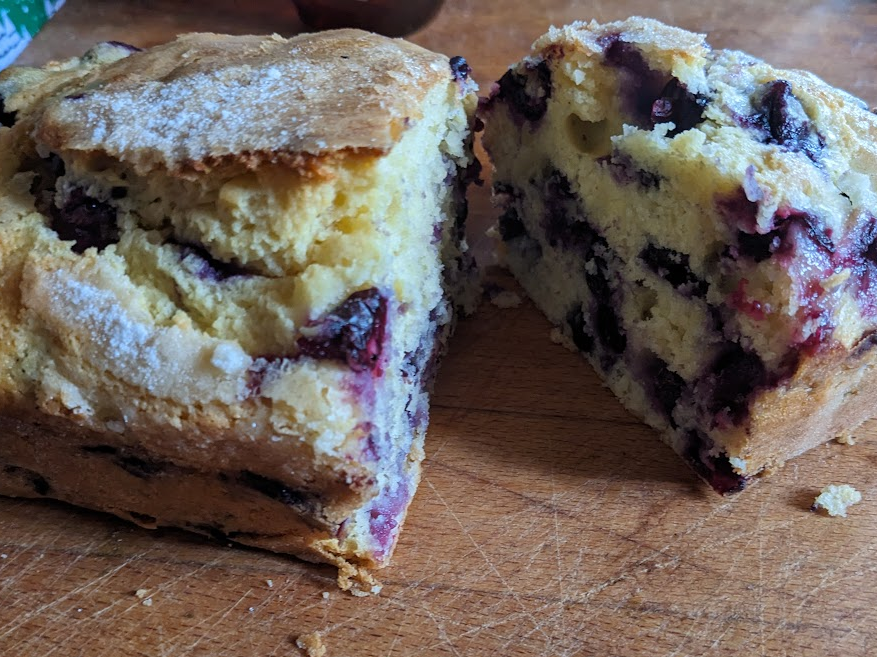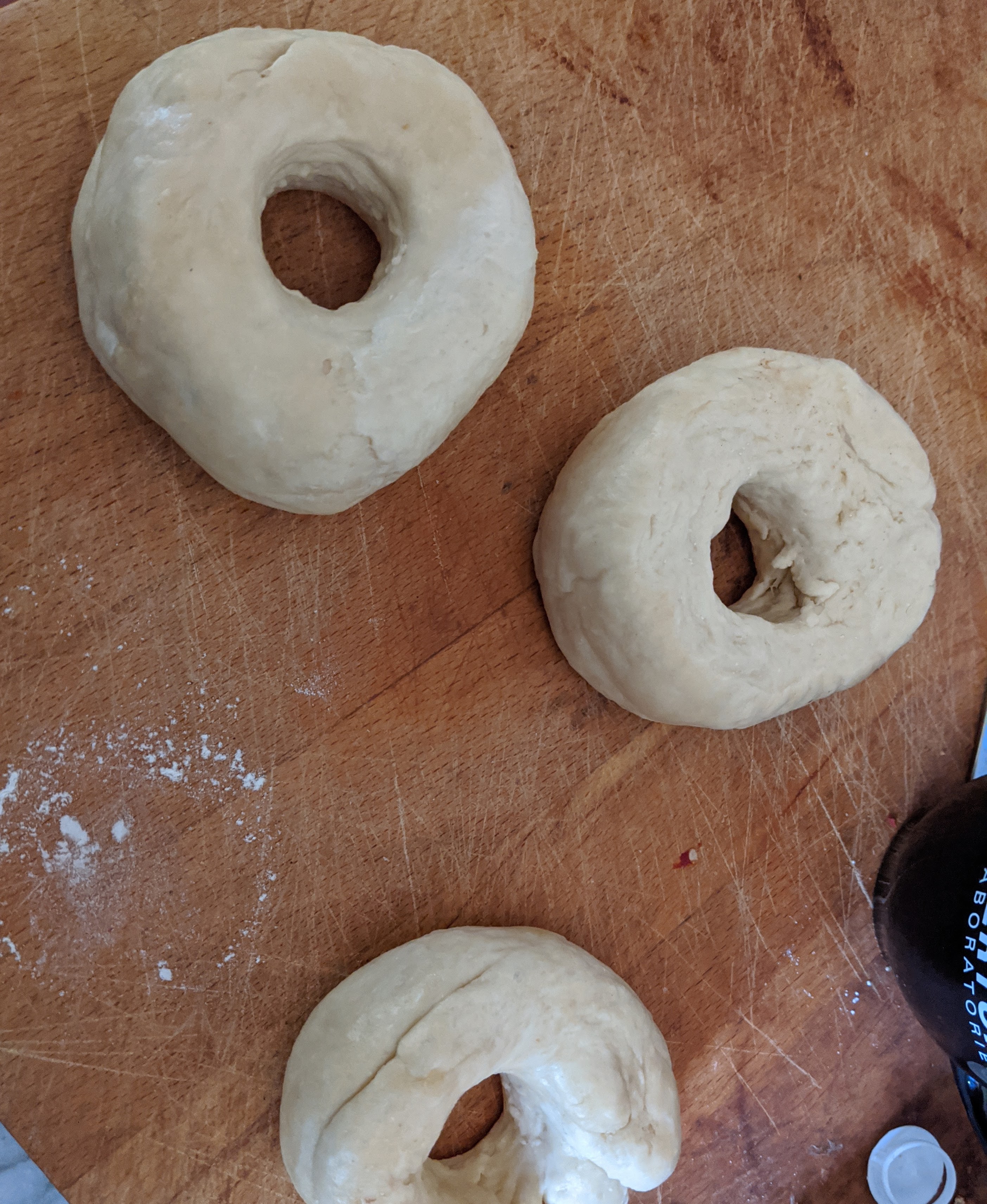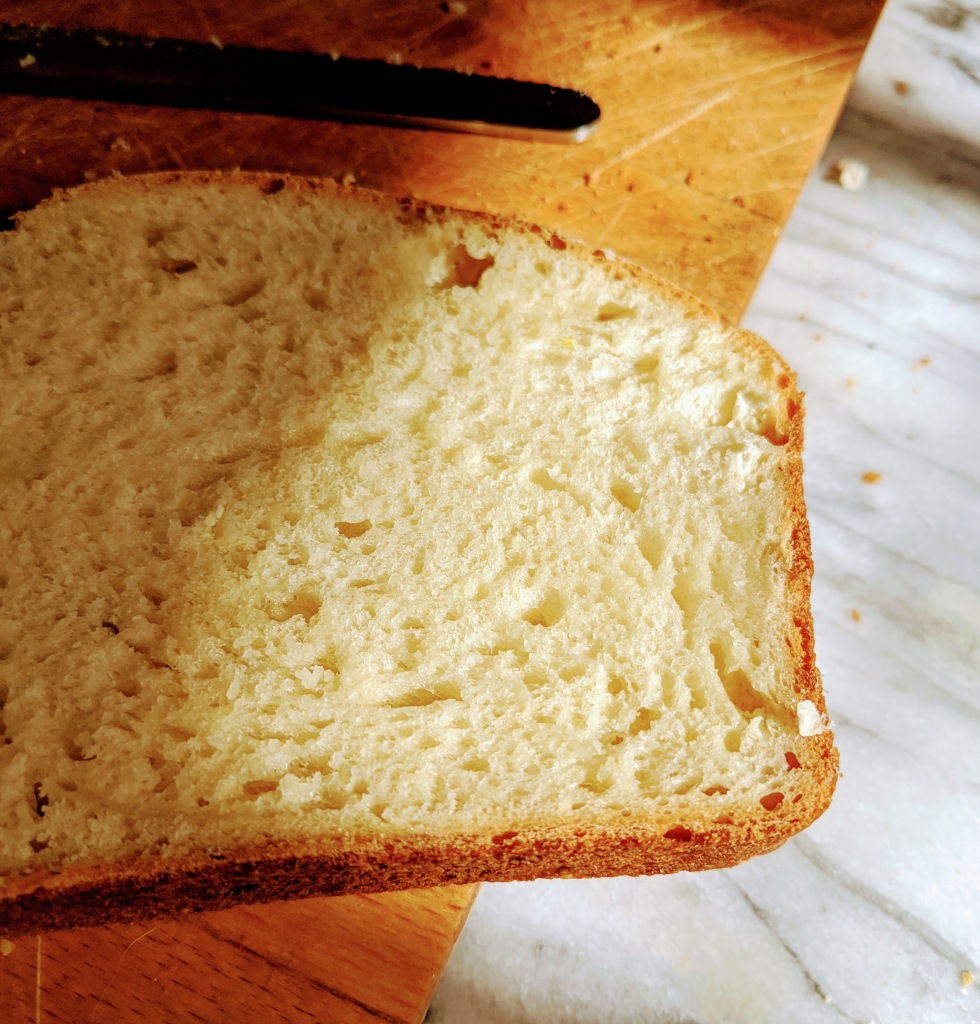Kaufmann translates this, from Buber’s “I and Thou”, as “love is a cosmic force”, but gives us the original in a footnote to see for ourselves.
One thing I like about German and how synthetic it is (in the technical sense that I just learned; I was going to say “agglutinative“, but that turns out to be wrong) is that you can look at the parts of many words, and see how the meaning compares to the sum of those parts.
The most simple-minded translation of that phrase might be “Love is a worldly work”, which has the same nice consonance of double-ues, but a very different sense, since the English “worldly” has strong connotations that are almost the opposite of Kaufmann’s “cosmic”.
It’s interesting that the translator chose “force” here, rather than the obvious “work” (which would have read a bit awkwardly), or perhaps “act”. Because Buber is talking about love in the context of “those who stand in it and behold in it”, “force” probably makes more sense than “act”, since you can stand in a force (a force field!), but not so much in an act.
 But then I wonder why Buber wrote Wirken rather than say Kraft. And then I am at, or perhaps well beyond, the very end of my competence as a translator. :)
But then I wonder why Buber wrote Wirken rather than say Kraft. And then I am at, or perhaps well beyond, the very end of my competence as a translator. :)
The other day the little daughter, watching me staring into my phone and clicking and swiping without end, commented more or less “you’re taking in so much content; I don’t know if that’s healthy”.
I found myself very much in agreement with that thought, and put the phone away (temporarily) and looked at various stacks of books sitting unread here and there, and picked up “I and Thou”, read the Acknowledgements and Translator’s Key, skipped Kaufmann’s very long Prologue (these things should generally be at the end of a book, in my ever so humble opinion, so that one can encounter the work itself with more or less fresh eyes, and then read the prologue-writer’s thoughts about it afterward, when one has already one’s own ideas to compare them to), and started very slowly into the work (Werk, Wirken, Kunstwerk?) itself.
It’s a very dense book, or feels like it deserves to be treated as such, which means that I have to be careful not to spend so much time on each sentence that I eventually drift off and do other things before I get past the first chapter.
As I tweeted not long after starting (and yeah, I know; somehow Twitter and the Face Book and now even plague have all taken up residence in my ways of relating to the world):
I can’t of course actually empty the cup, and I admit I’m not really trying all that hard to.
Currently, a few more pages in, I’m wondering if Buber will go from talking about the ineffable relating that is I-You (and that he identifies with, or as, love in some sense), to a realization that the duality present even in I-You (because after all there is still I, and You) is at some level an illusion. Because that would be so Buddhist.
There are no sentient beings,
And I vow to save them.
It will be interesting either way; if he does get to some kind of non-duality, I’m sure it will have a flavor all its own. If he doesn’t, it will be interesting to see if he simply stops short of it, actively considers and denies it, or goes off in some other direction entirely.
I’ve been meaning to read this book since college sometime :) and it’s nice to finally get to it.
❄
Solstice was nice, thank you for asking, if a little atypical. All four of us were here together, but instead of the usual Christmas Dinner with ham an’ all, we went out to the local diner.
The story: M smelled gas in the basement, so on I forget maybe the 22nd we had the gas man come and test things, and he found there was a leak somewhere in the kitchen range, and while we were moving the range out from the wall it got caught on something and when we pushed on it a little to get it past the something, the entire glass front of the oven door very enthusiastically shattered into a zillion pieces and fell onto the floor.
That was exciting!
We called the appliance place who sent out a person who determined that the range was old enough to vote, and that no one makes parts for it anymore (either for replacing the door glass or fixing any possible leak).
A new range arrived yesterday and I have baked my first loaves of bread in it, but between the breaking of the old and the installing of the new we could cook only in the microwave and crockpot, and although we considered trying to design a satisfying Solstice dinner around those, in the end we decided the local Diner would be more fun.
And it was very nice.
How do Diners do it, by the way; anyone know? How can you have that enormous a menu of available things, and be able to produce absolutely any of them in a reasonably short span of time? Are they all designed to be producible from some smallish set of ingredients, and you keep those around and ready at all times? Do all of the chefs know how to make all of the things? Are there big recipe books? Or do they look at the menu when the order comes in, figure out what you are probably expecting, and wing it?










